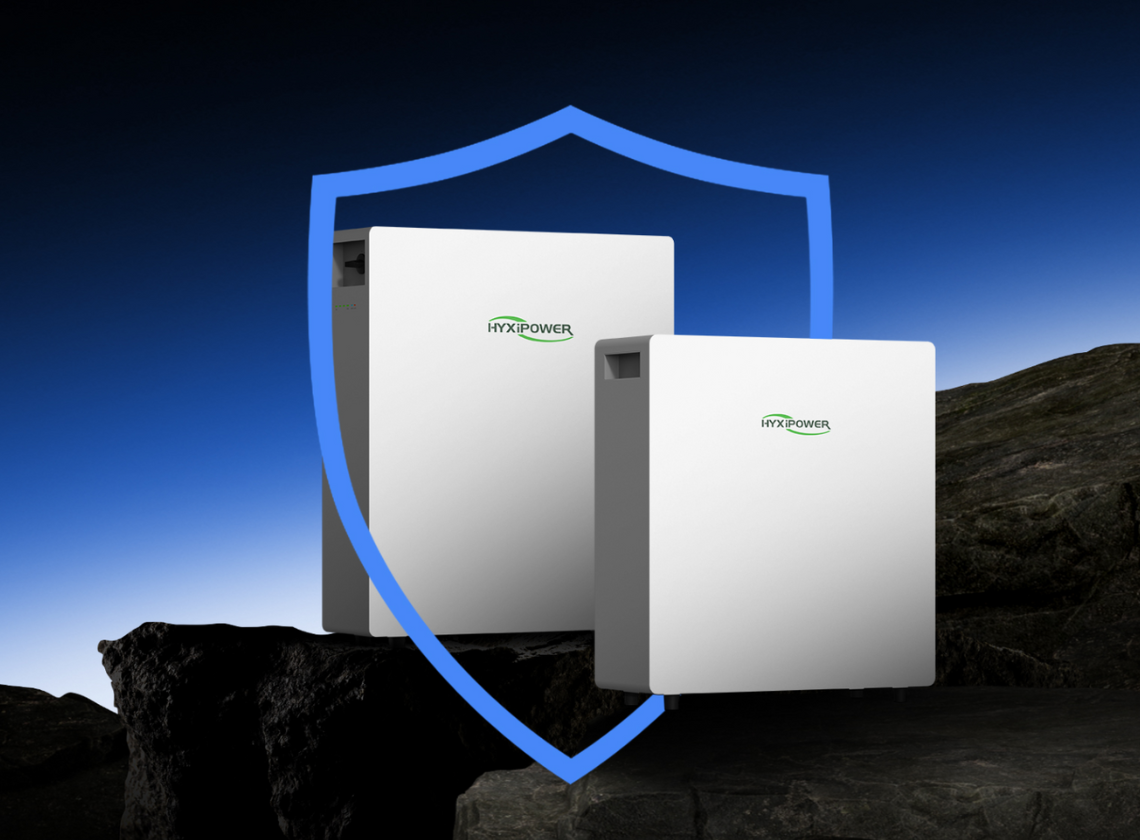Battery storage is the backbone of our power future: from keeping homes lit to backing up whole power grids and banking solar energy. But here’s the bottom line: while everyone wants cheaper and more efficient batteries, safety can’t take a backseat.
This article explores the major safety risks of energy storage batteries. It also discusses proven solutions and advanced standards that enhance battery safety; keep reading!

Understanding Battery Safety in Energy Storage
Battery safety in energy storage requires reliable performance at both the cell and system levels. Each cell must operate without overheating or malfunctioning, while the entire system depends on protection circuits, monitoring tools, and proper installation to function safely under different conditions.
Safety is not only essential for preventing accidents that could harm people or property, but also for ensuring long-term performance and building public trust in renewable energy. Without strong safety measures, even the most advanced battery system loses its value. Failures can lead to devastating fires, dangerous explosions, widespread outages, and significant financial losses for communities and businesses alike.
Key Risks in Energy Storage Batteries
Energy storage batteries face multiple safety challenges that can appear during manufacturing, installation, or operation.
1. Thermal Runaway
One of the most critical risks is thermal runaway, which occurs when cells produce uncontrolled heat. Temperatures can climb to 800°C or higher, creating conditions that may lead to fires or explosions.
2. Overcharging and Over-discharging
Poor voltage management forces cells beyond safe operating limits. Overcharging pushes excessive energy into cells, causing heat and pressure buildup, while over-discharging drains them below stability. In some residential solar systems, faulty management has caused overheating and swelling of storage units, resulting in product recalls.
3. Mechanical Damage
Physical impact or compression can damage battery internals. Dropping, crushing, or puncturing batteries can disrupt internal components and create short circuits. These shorts often generate immediate sparks and dangerous heat. Transport accidents have damaged large battery packs, and mishandled storage containers have been linked to warehouse fires.
4. Poor Manufacturing Quality
Inconsistent production creates hidden safety dangers. Defective materials or assembly errors are not always obvious at first, but problems may surface months later. A notable case occurred in 2021, when LG recalled thousands of RESU10H home batteries after discovering fire risks linked to production defects[1].

Proven Solutions for Battery Storage Safety
Multiple photovoltaic safety solutions work together to safeguard energy storage systems. Each approach targets specific risks, and together they form a strong safety framework.
1. Battery Management System (BMS)
The Battery Management System functions as the system’s safety guard, constantly tracking voltage, current, and temperature. It automatically intervenes to stop overcharging or deep discharging, shutting down the battery when dangerous conditions arise. Advanced BMS units can even predict potential failures, sending early warnings before they become critical.
2. Thermal Management
Stable operating temperatures are maintained through cooling systems that remove excess heat before it becomes hazardous. Active cooling methods include fans or liquid systems, while passive cooling relies on heat sinks and ventilation. With proper thermal management, most thermal runaway incidents can be prevented.
3. Protective Design
Protective design reduces the risk of physical damage and internal failures. Strong casings shield the battery from external impacts, durable separators minimize the chance of short circuits, and fire-resistant materials contain potential flames. Adequate spacing between cells further limits heat transfer.
4. Quality Assurance and Testing
Strict manufacturing standards and comprehensive testing eliminate weak or defective cells early. Certification processes confirm compliance with safety regulations, while ongoing inspections help ensure consistent performance throughout the product’s life cycle.
Enhancing Battery Safety with Automotive-Grade Standards
Automotive-grade EV battery safety standards require exceptional reliability and durability. The AEC-Q certification system sets these rigorous requirements. These standards ensure performance under extreme conditions including temperature fluctuations, vibrations, and high humidity.
Adopting automotive-grade technology significantly reduces safety risks. These components undergo extensive testing and validation. They meet much stricter requirements than standard industrial parts. The automotive industry’s safety record proves these standards work effectively.
At HYXiPOWER, we implement automotive-grade standards across all energy storage systems, ensuring maximum safety and reliability. Key measures include:
· Three-Layer Safety Strategy: Combines an automotive-grade BMS, optimized cell modules, and comprehensive PACK design to monitor performance, manage heat, and protect the system under extreme conditions.
· Premium Components: Uses high-precision parts such as NXP MCUs and TI AD sampling chips for accurate monitoring and control.
· Cell Connecting System: Innovative design reduces fracture risk by 99%, maintaining stable internal connections and overall structural integrity.
· MPP Polypropylene Structure: Absorbs expansion forces up to 10,000N, providing additional protection against mechanical stress.
Together, these measures enhance battery safety, improve system reliability, and provide peace of mind for customers worldwide.

Conclusion
Energy storage battery safety involves multiple risks and solutions. Thermal runaway, overcharging, mechanical damage, and manufacturing defects pose serious threats. However, proven solutions prove invaluable. Advanced BMS, thermal management, protective design, and quality testing provide effective protection. Automotive-grade standards offer even higher safety levels through rigorous testing and premium components.
At HYXiPOWER, we prioritize your safety above all else, and our automotive-grade energy storage solutions highlight this commitment. Contact us to learn our complete range of safe, reliable energy storage products and smart energy solutions!
Reference
[1] LG Energy Solution Michigan Recalls Home Energy Storage Batteries Due to Fire Hazard. Available at: https://www.cpsc.gov/Recalls/2021/LG-Energy-Solution-Michigan-Recalls-Home-Energy-Storage-Batteries-Due-to-Fire-Hazard-0 (Accessed: 17th, September)




